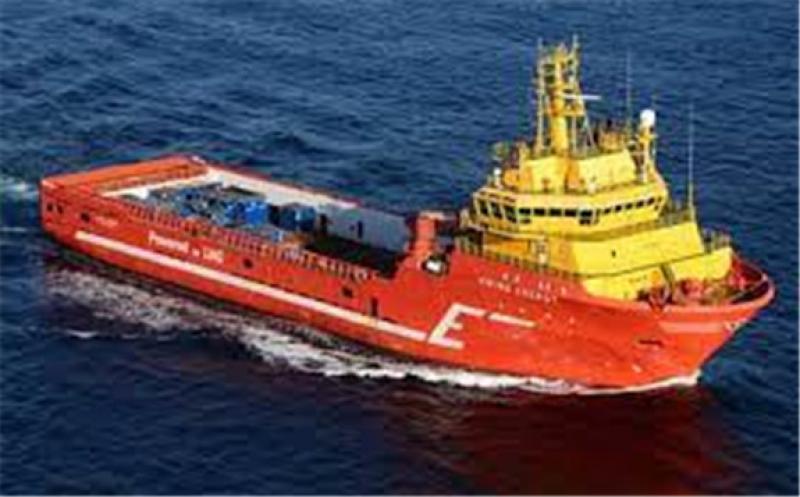The technology group Wärtsilä and Norwegian ship owner Eidesvik Offshore ASA have signed a cooperation agreement aimed at converting an offshore supply vessel (OSV) to operate with an ammonia-fueled combustion engine with required fuel supply and safety system. This project will be the first of its kind and has a provisional completion target by the end of 2023.

The OSV considered for a retrofit currently has Wärtsilä dual-fuel engines operating primarily with LNG fuel. The conversion will allow the vessel to operate with a 70% ammonia blend. Wärtsilä has already successfully laboratory-tested an engine fueled with a 70% ammonia blend. (Earlier post.) The ultimate goal is to achieve operation with 100% ammonia and with a minimum ignition fuel requirement.
As a non-carbon-containing fuel, ammonia has the potential to reduce emissions of CO2 significantly. Both Wärtsilä and Eidesvik have stated their commitment to supporting the industry’s efforts to decarbonize its operations.
Eidesvik has a strong track record in supporting sustainable innovations, having used LNG fuel in its fleet from as early as 2003, and fuel cells from 2006. The company believes that to achieve the industry’s decarbonization targets, not only newbuilds will need to have the appropriate technologies, but existing vessels must also be retrofitted accordingly. Furthermore, prolonging the life of existing assets requires less capital and is less energy-intensive than building new ones.
Wärtsilä and Eidesvik are also partners in the EU-funded ShipFC project to equip a platform supply vessel, the Viking Energy with a 2MW fuel cell running on green ammonia. The installation is scheduled to take place in late 2023. (Earlier post.)
This ammonia conversion project also ties in with one of the ongoing work streams of the Wärtsilä-led Zero Emissions Energy Distribution at Sea (ZEEDS) project, aimed at developing ammonia-powered newbuilds and converting suitable existing vessels.